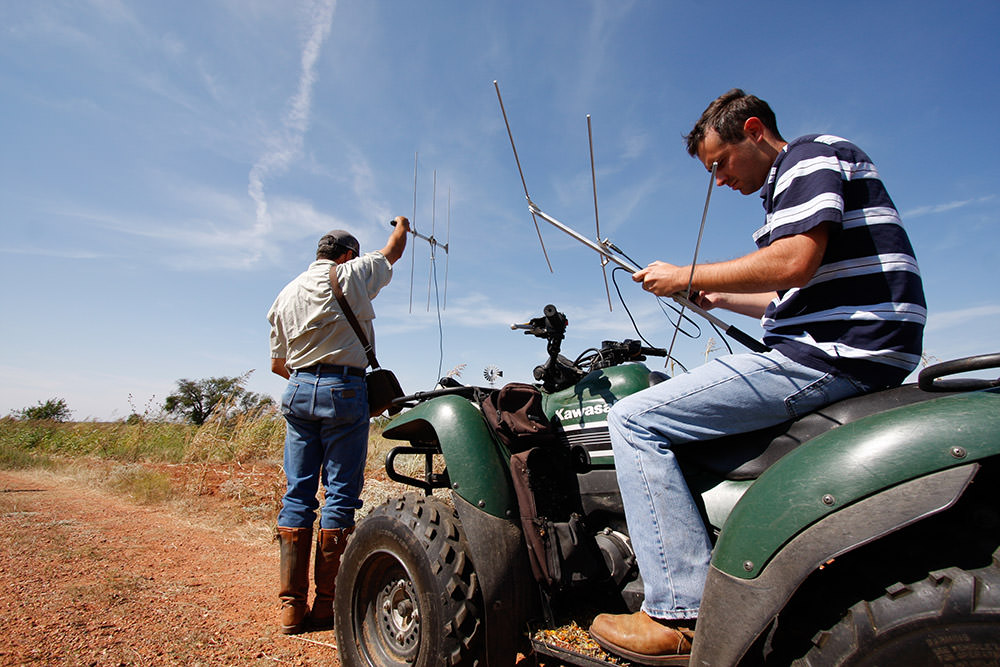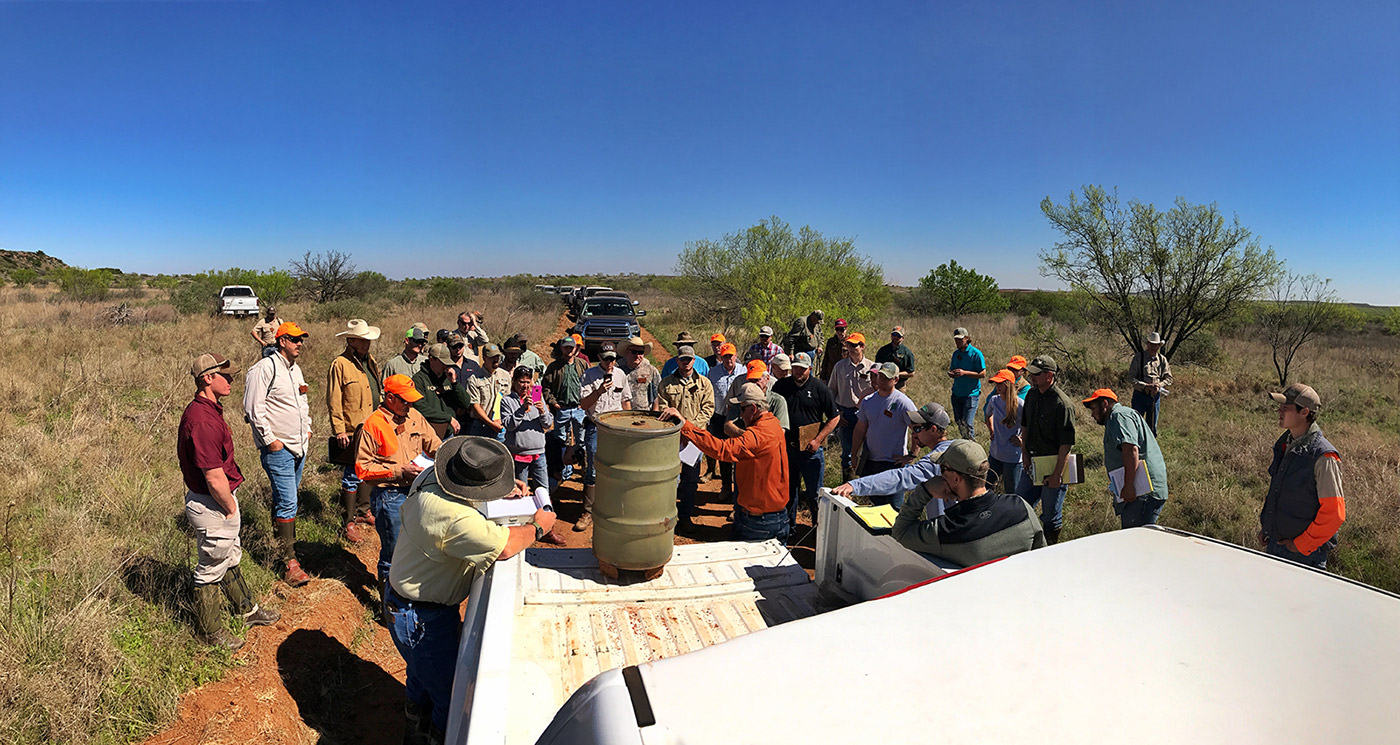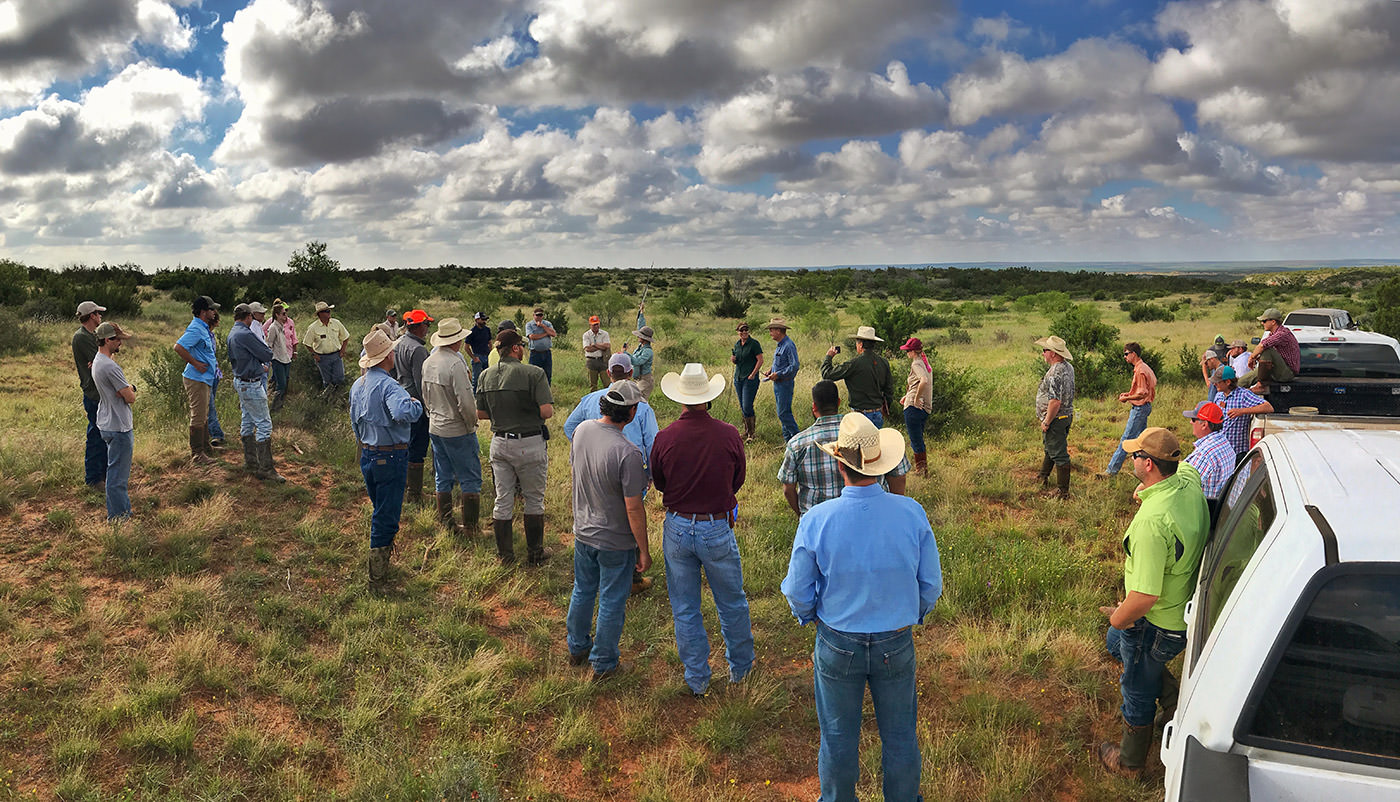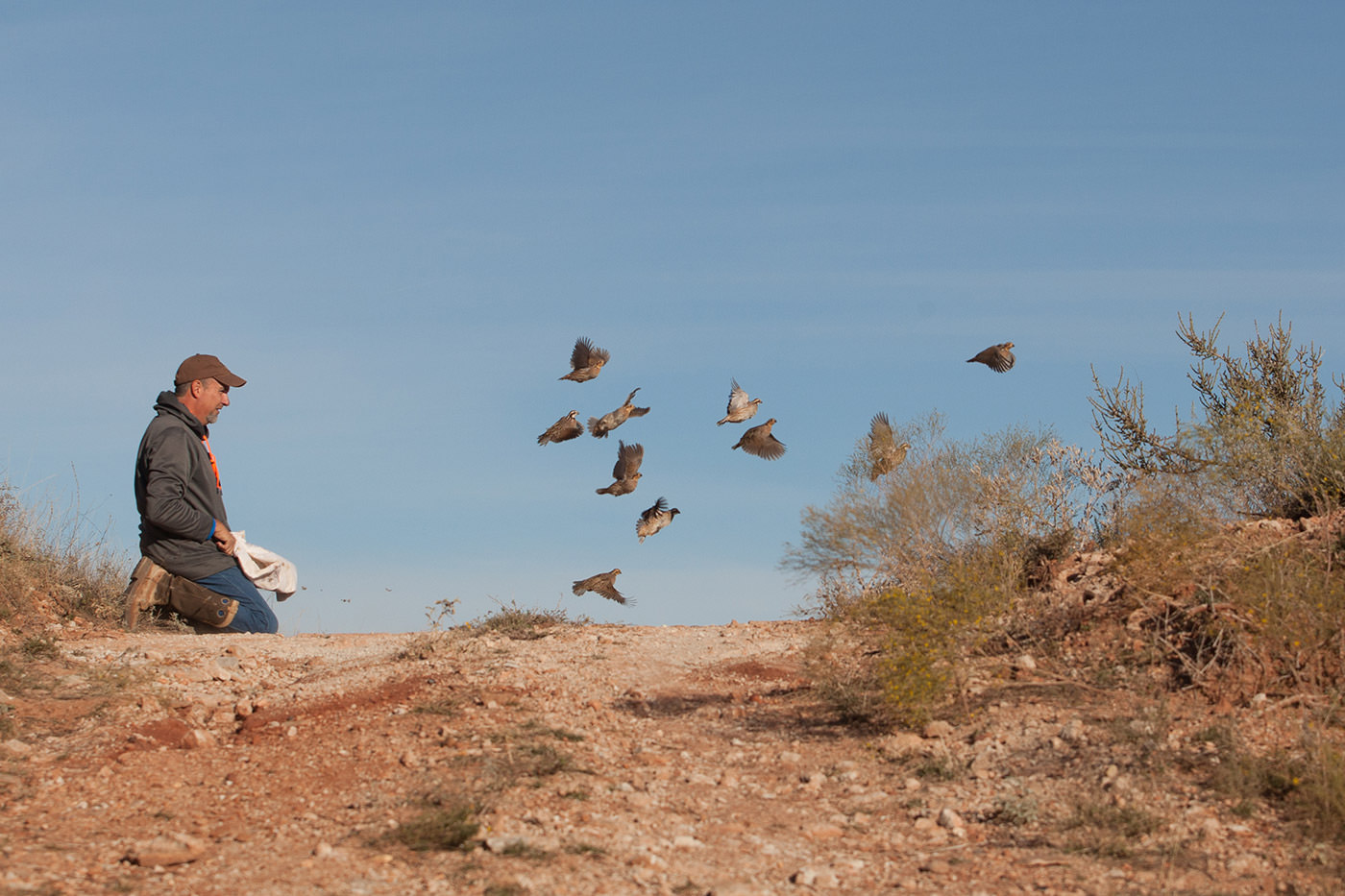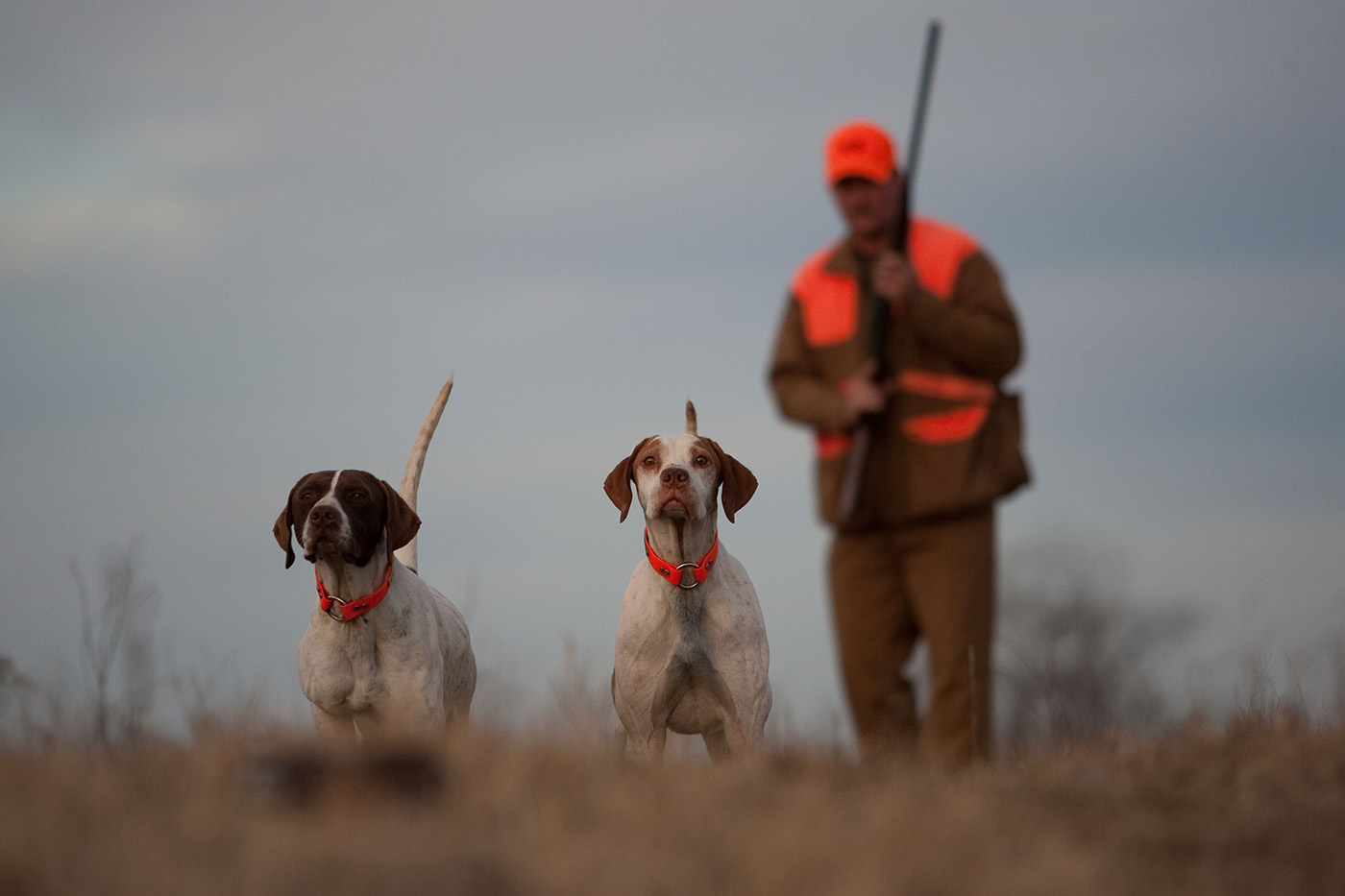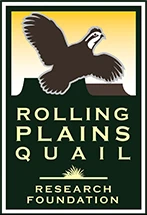96
<!–
|
96
<!–
|
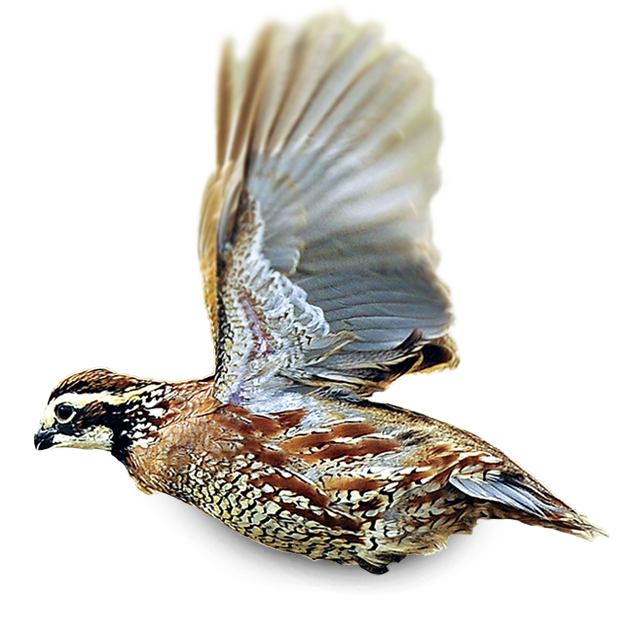
© 2025 Rolling Plains Quail Research Foundation.
Select photos provided by Russell Graves Photography, Joseph Richards, Katy Hoskins, Emily Thornock, and Kasey Pirkle.
What Your Donation buys
What Your Donation buys
What Your Donation buys
What Your Donation buys
What Your Donation buys
What Your Donation buys
What Your Donation buys
What Your Donation buys
Our Research Ranch makes RPQRF the only conservation group in the world with its own property dedicated exclusively to understanding quail through science. It functions as the nexus of our operations and all decisions and actions on the Research Ranch are based on quail.
Our fulltime staff and team of graduate students work year-round to develop the best practices for quail management, prescribed burning methodologies, grazing procedures, predation management strategies, and pinpointing which grasses and “weeds” make ideal quail habitat.
We also trap and study as many as 5,000 quail annually and use the latest technologies – radio telemetry, GPS, thermal cameras, helicopters and even drones – to count and track quail populations. Then we share what we learn so others may follow.
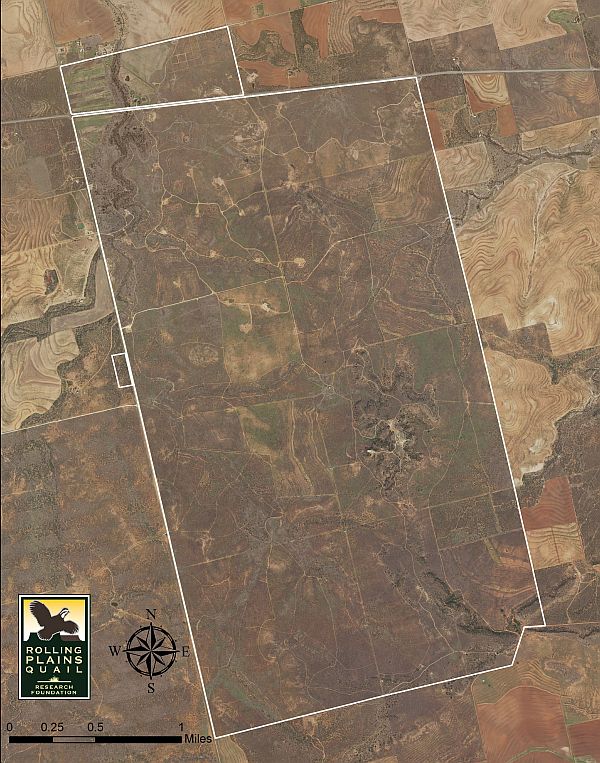
Every organization has its humble beginnings. The Rolling Plains Quail Research Ranch was hatched around the tailgate of a pickup one evening in 2005 after a successful quail hunt. The 2005 season was a great one, and quail hunters’ spirits were high. But knowing that one didn’t have to move very far east before quail (and quail hunting) were only memories, our discussion focused on the future, and not on the laurels of our past. Indeed we should heed the lessons observed over the past 30 years from east Texas to the Atlantic Coast. Someone pondered “we need to get ahead of the curve and get serious about planning the route now, before ‘all’s quiet on the western front.”
The idea of a quail research ranch was bantered around – our own laboratory to devise and evaluate land management schemes aimed at enhancing bobwhite abundance. It was also suggested it would be great to have a ranch to demonstrate good management to other “students of quail.”
The egg was laid and after an incubation period of about two years, the dream became reality. The Foundation and its Research Ranch were established to provide a living laboratory to devise land management strategies for the benefit of quail and also as an exemplar property to demonstrate the best methodologies and techniques to other “students of quail.”
